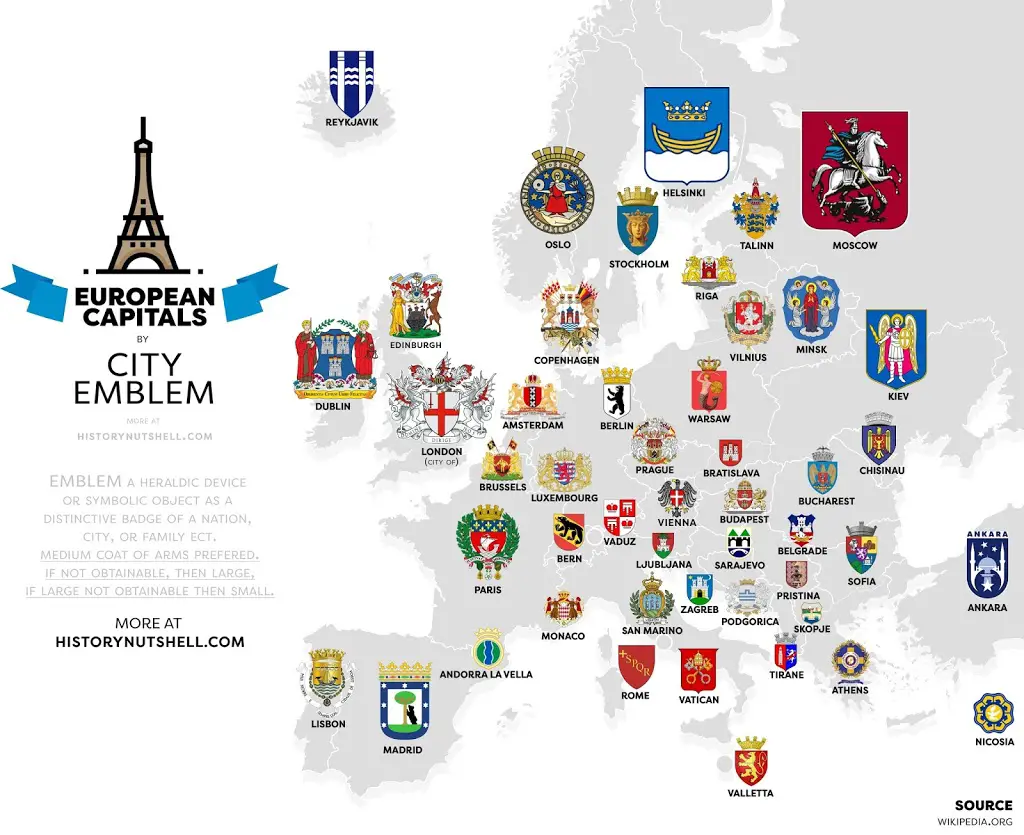A Colorful Journey Through History: Exploring the World’s Coats of Arms
Have you ever wondered about those intricate symbols adorning national flags and official documents? Welcome to the fascinating world of coats of arms! This coat of arms world map created by Reddit user ZillaStick offers a unique perspective on global heraldry, showcasing the diverse emblems that represent nations across the globe.
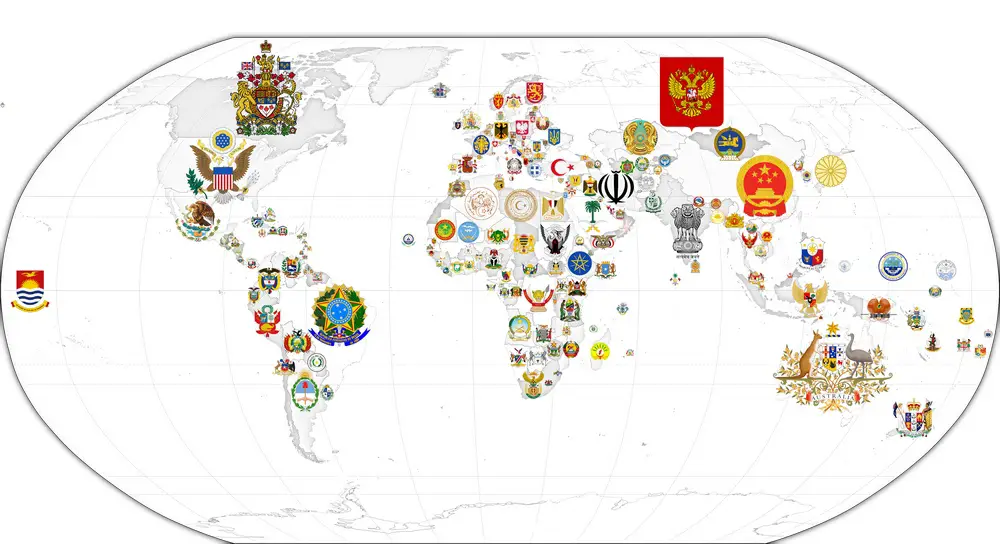
Table of Contents
The Origins of Coats of Arms
Coats of arms first emerged in 12th-century Europe during the age of chivalry. Knights needed a way to identify themselves on the battlefield, so they began painting distinctive symbols on their shields. These designs quickly evolved into hereditary emblems for noble families, and eventually, for entire nations.
The Language of Heraldry
Coats of arms are more than just pretty pictures; they’re a complex language of symbols and colors. Each element has a specific meaning:
- Colors (called tinctures) like red (gules) for bravery, blue (azure) for loyalty, and green (vert) for hope
- Animals like lions for courage, eagles for power, and dolphins for swiftness
- Plants like roses for beauty, oak leaves for strength, and olive branches for peace
- Geometric shapes like chevrons, fesses, and pales, each with their own significance
Unusual and Unique National Coats of Arms
While browsing our world map, you’ll notice some truly distinctive designs:
- Mozambique: Features an AK-47 rifle crossed with a hoe, symbolizing defense and agriculture.
- Bhutan: Showcases a dragon holding jewels, representing the country’s nickname, “Land of the Thunder Dragon.”
- Uganda: Displays a crested crane, the national bird, standing on one leg.
- Malta: Features a golden Maltese cross and a mural crown, reflecting the island’s history and fortifications.
- Papua New Guinea: Incorporates a bird of paradise and a ceremonial drum, celebrating the nation’s unique culture.
- Swaziland: Depicts an Nguni shield and spears alongside an impressive lion and elephant.
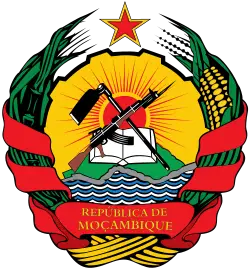
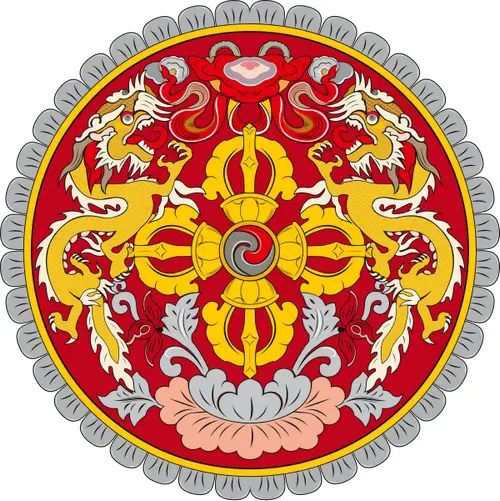

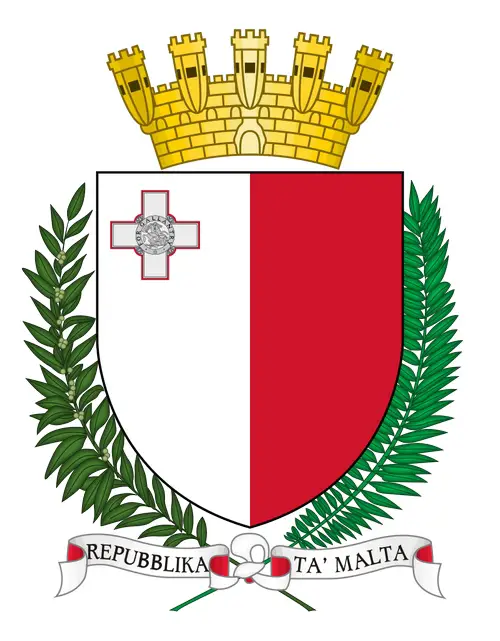
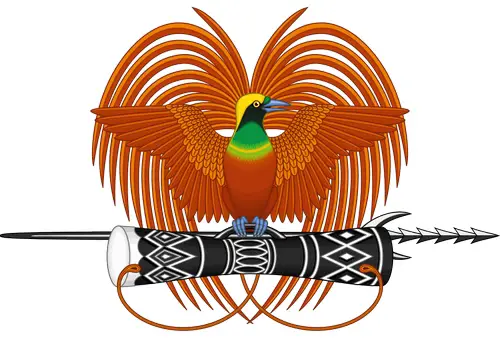

Beyond Nations: Coats of Arms Around the World
Coats of arms aren’t limited to countries; they’re used by various entities worldwide:
- Subdivisions: From U.S. states to Russian oblasts, many regional governments have their own heraldic symbols. For example, Bavaria’s coat of arms features a quartered shield with lions and a panther.
- Cities: Urban centers often have coats of arms steeped in local history. Amsterdam’s famous three X’s actually represent three St. Andrew’s crosses, while Tokyo’s includes a sun disk and three leaves.
- Universities: Many academic institutions boast coats of arms. Oxford University’s shield includes an open book with the motto “Dominus Illuminatio Mea” (The Lord is my Light).
- Corporations: Some companies, particularly older ones, have official coats of arms. The Hudson’s Bay Company’s shield features two moose and four beavers.
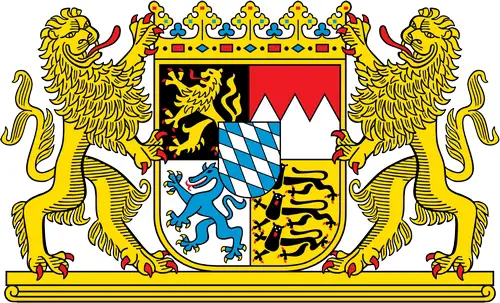
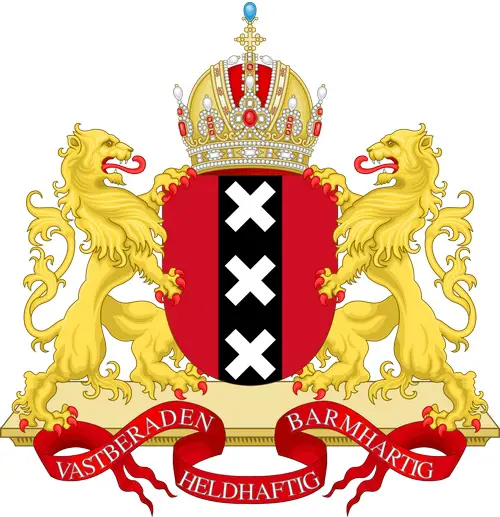
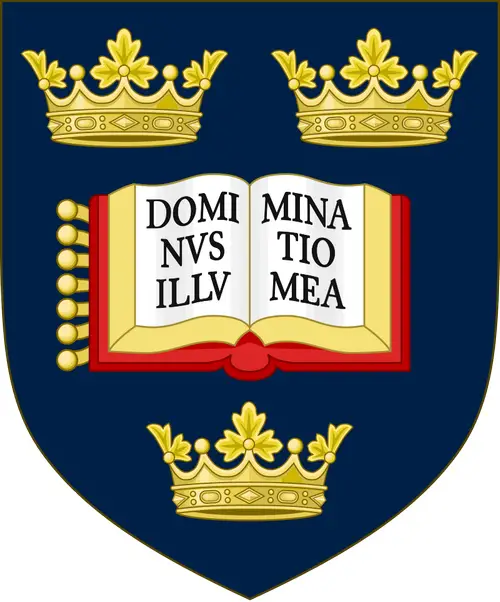
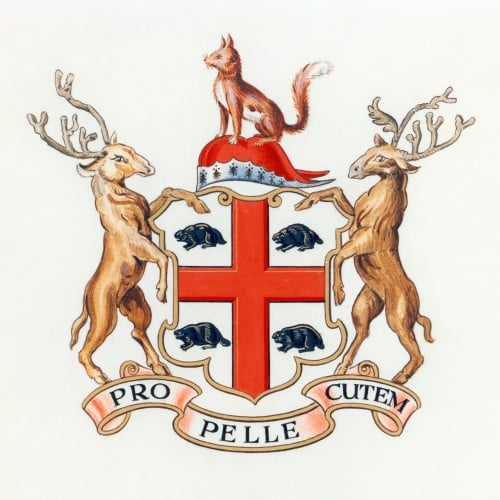
The Evolution of Coats of Arms
Coats of arms have evolved over time. Some interesting trends include:
- Newly independent nations often incorporate traditional symbols into modern designs.
- Some countries, like Japan, have both an official seal and a coat of arms used in different contexts.
- Simplified versions of coats of arms are sometimes used as logos or on currency.
The coat of arms world map offers a captivating glimpse into the rich tapestry of global heraldry. It’s a testament to the enduring power of symbols to represent national identity and historical legacy.
Interested in exploring more world maps? Check out these fantastic options available on Amazon:

